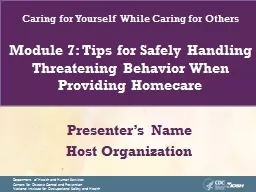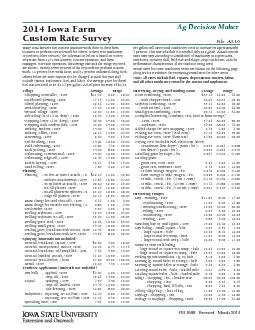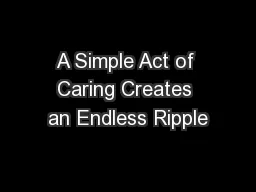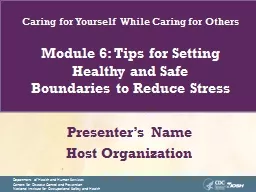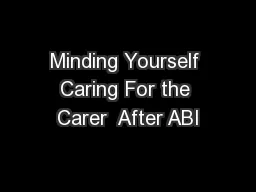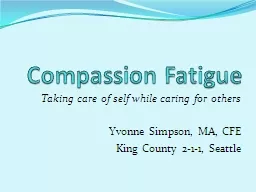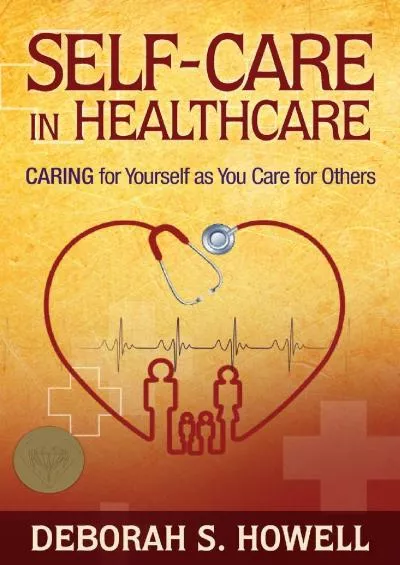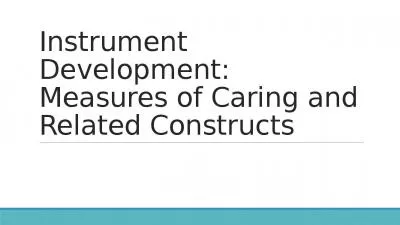PPT-Caring for Yourself While Caring for Others
Author : lindy-dunigan | Published Date : 2016-07-27
Module 7 Tips for Safely Handling Threatening Behavior When Providing Homecare Presenters Name Host Organization Session Goals Participants will be able to
Presentation Embed Code
Download Presentation
Download Presentation The PPT/PDF document "Caring for Yourself While Caring for Ot..." is the property of its rightful owner. Permission is granted to download and print the materials on this website for personal, non-commercial use only, and to display it on your personal computer provided you do not modify the materials and that you retain all copyright notices contained in the materials. By downloading content from our website, you accept the terms of this agreement.
Caring for Yourself While Caring for Others: Transcript
Download Rules Of Document
"Caring for Yourself While Caring for Others"The content belongs to its owner. You may download and print it for personal use, without modification, and keep all copyright notices. By downloading, you agree to these terms.
Related Documents

